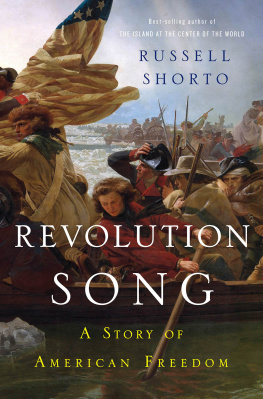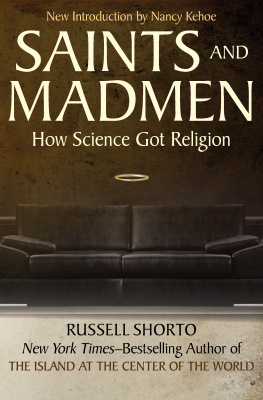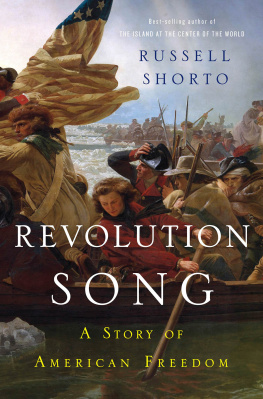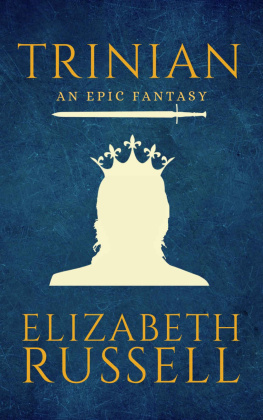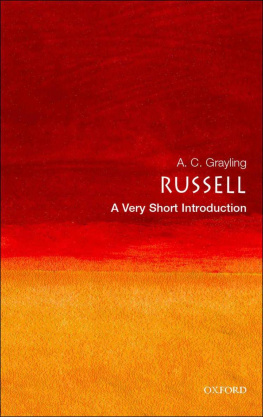Russell Shorto - Revolution Song
Here you can read online Russell Shorto - Revolution Song full text of the book (entire story) in english for free. Download pdf and epub, get meaning, cover and reviews about this ebook. year: 2017, publisher: W. W. Norton & Company, genre: Non-fiction. Description of the work, (preface) as well as reviews are available. Best literature library LitArk.com created for fans of good reading and offers a wide selection of genres:
Romance novel
Science fiction
Adventure
Detective
Science
History
Home and family
Prose
Art
Politics
Computer
Non-fiction
Religion
Business
Children
Humor
Choose a favorite category and find really read worthwhile books. Enjoy immersion in the world of imagination, feel the emotions of the characters or learn something new for yourself, make an fascinating discovery.
- Book:Revolution Song
- Author:
- Publisher:W. W. Norton & Company
- Genre:
- Year:2017
- Rating:3 / 5
- Favourites:Add to favourites
- Your mark:
- 60
- 1
- 2
- 3
- 4
- 5
Revolution Song: summary, description and annotation
We offer to read an annotation, description, summary or preface (depends on what the author of the book "Revolution Song" wrote himself). If you haven't found the necessary information about the book — write in the comments, we will try to find it.
Revolution Song — read online for free the complete book (whole text) full work
Below is the text of the book, divided by pages. System saving the place of the last page read, allows you to conveniently read the book "Revolution Song" online for free, without having to search again every time where you left off. Put a bookmark, and you can go to the page where you finished reading at any time.
Font size:
Interval:
Bookmark:

A LSO BY R USSELL S HORTO
Amsterdam: A History of the Worlds Most Liberal City
Descartes Bones: A Skeletal History of the Conflict Between Faith and Reason
The Island at the Center of the World: The Epic Story of Dutch Manhattan and the Forgotten Colony That Shaped America
Saints and Madmen: How Pioneering Psychiatrists Are Creating a New Science of the Soul
Gospel Truth: The New Image of Jesus Emerging from Science and History, and Why It Matters

East Haddam, Connecticut, where Venture Smith chose to settle as a free man.
REVOLUTION
SONG
A Story of
AMERICAN FREEDOM
Russell Shorto

Copyright 2018 by Russell Shorto
All rights reserved
First Edition
IMAGE CREDITS: Page xvi: F. Bartoli, Ki On Twog Ky (also known as Cornplanter), 1786, oil on canvas, unframed: 30 25 in.; framed: 44 in. 391 in. 5 in.; object #1867.314, New-York Historical Society. Page 12: National Portrait Gallery, London. Page 74: Washington-Custis-Lee Collection, Washington and Lee University, Lexington, Virginia. Page 394: The Miriam and Ira D. Wallach Division of Art, Prints and Photographs: Print Collection, Rosenthal, Max (18331918), New York Public Library. Page 504: Letter from Margaret (Moncrieffe) Coghlan, December 28, 1803. The Robert R. Livingston Papers, New-York Historical Society. Pages iv, xvi, 12, 74, 394, 504 (background image): Abzee / iStockphoto.com.
For information about permission to reproduce selections from this book, write to
Permissions, W. W. Norton & Company, Inc., 500 Fifth Avenue, New York, NY 10110
For information about special discounts for bulk purchases, please contact
W. W. Norton Special Sales at specialsales@wwnorton.com or 800-233-4830
Book design by Michelle McMillian
Production manager: Beth Steidle
Jacket design by Ploy Siripant
Jacket art: Washington Crossing the Delaware , 1851. Painting by Emanuel Leutze / Gift of John Stewart Kennedy, 1897 / The Metropolitan Museum of Art
ISBN 978-0-393-24554-7
ISBN 978-0-393-24555-4 (e-book)
W. W. Norton & Company, Inc.
500 Fifth Avenue, New York, N.Y. 10110
www.wwnorton.com
W. W. Norton & Company Ltd.
15 Carlisle Street, London W1D 3BS
For Pamela
CONTENTS
T his is a nonfiction story. By that I mean two things: that it is true, and that it is about people, the intimate texture of their lives, the aches and sweetnesses, the things that propelled them forward in the period in which the American nation was forged.
In a sense, the American Revolution never ended. Many later events that we tend to think of on their ownthe Civil War, to give one prominent examplecan be seen as extensions of it. That is because the American Revolution was fundamentally a promise of freedom, and that promise was only partially fulfilled with the end of hostilities in 1783.
The fighting has erupted anew in our era, with such passion and intensity it is sending people back to Americas founding documents in search of answers and context. What do freedom of speech and of the press mean when disinformation can be so easily spread? What are the checks on presidential power? Have the quaint phrasings of the eighteenth century lost all relevance? If so, then who are we?
I am not offering here answers to those questions, but I am offering a change of focus. Politics is, after all, about people. The idea behind this book is that there might be insight to be gained from following the people who experienced Americas founding firsthand.
But which people? Traditional accounts of the Revolution assume that there were two sides: the British and the breakaway American colonists. That simple packaging was useful once, but it doesnt fit who we are today, and frankly it didnt fit the people of the time. There were many sides involved in the conflict, many different people writhing and clamoring and clawing over freedom. While the region of North America that broke with England was English in a sense, it was also Iroquois, Cherokee and Shawnee. It was African. It was Irish, Dutch and German. It was male and female. It was rich and poor, powerful and powerless.
This book, then, weaves six very different lives into one story. Most of its protagonists are unknown or little known today, but their very obscurity may afford a fresh way of seeing their era. I have tried not to preach or even teach in its pages. Instead, using primary source material, drawing on letters, diary entries and account books, pathetic handwritten pleas and scribbled battlefield directives, I have tried to create a kind of narrative song. The six voices sing different parts, revealing, perhaps, that we are still connected to them, that the issues that animated the people who took part in the founding of the American nation are alive in us, that we are still fighting the Revolution.
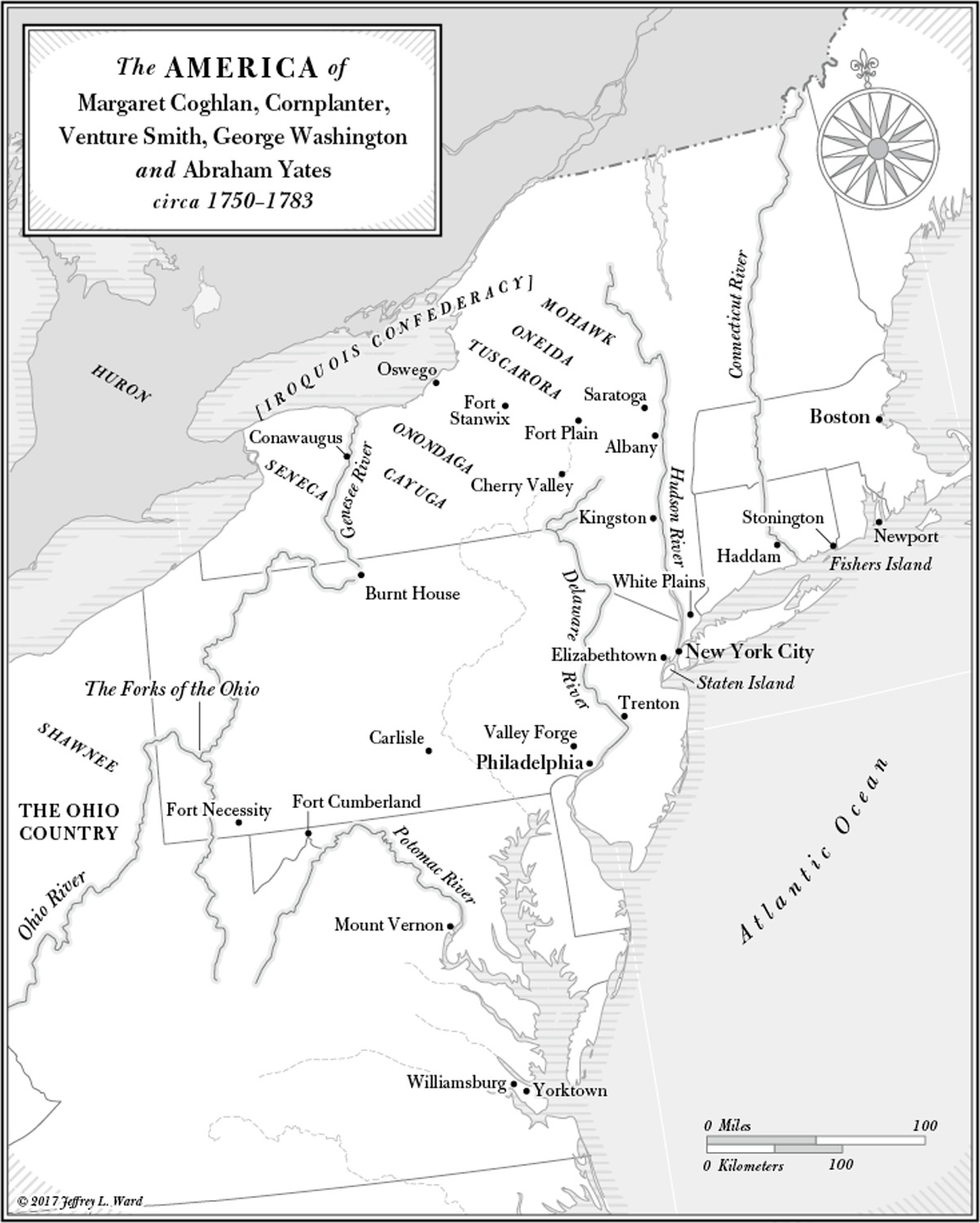
REVOLUTION
SONG
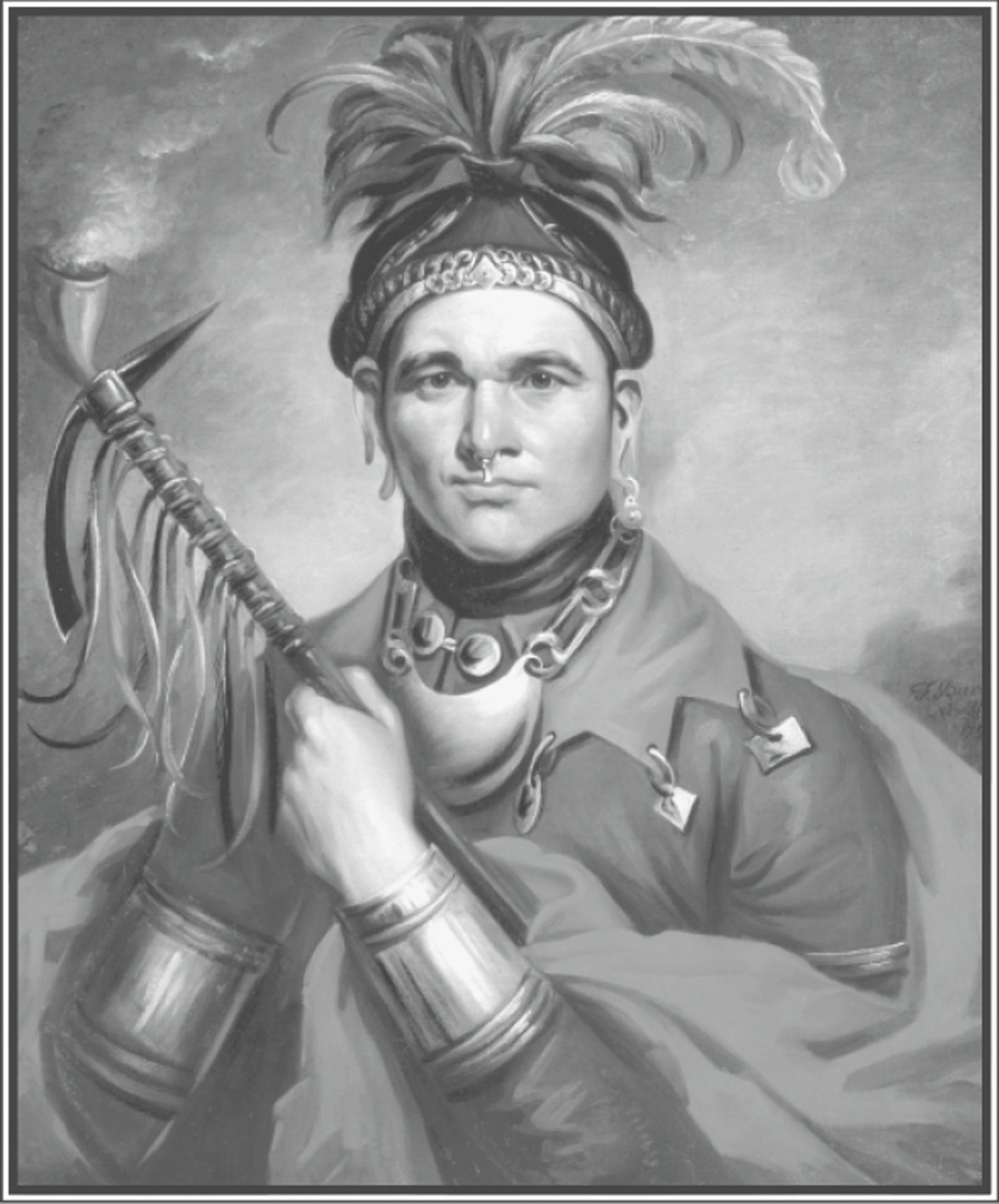
Cornplanter in 1786, painted by Frederick Bartoli.
H e was a wise man, a family man, with a kind face and soulful eyes, and he was about to kill. The people he was going to kill called themselves Americans. That word had nothing to do with him, though it would be foisted onto his identity and that of his people. He was a Seneca, a leader of the Haudenosaunee, the confederacy that the whites called the Iroquois. His name was Kaythwahkeh. Its meaning in the Seneca language had within it the idea of planting. That, coupled with the fact that corn was the most visible crop around Seneca villages, led Americans to call him Cornplanter.
Cornplanter was a young man, in the prime of life, tall, broad-shouldered, built for action. On this night, July 27, 1779, under cover of darkness, he led 120 men, armed with muskets and tomahawks, along a stream that fed into the Susquehanna River in central Pennsylvania. They surrounded a rough stockade. Inside were 21 American militiamen and about 50 women and children. At dawn one of the men in the makeshift fort appeared at the gate; the gunshot hit him with a force that knocked him back inside. Rather than accept the warning, the militiamen started shooting back. They were outnumbered and inexperienced; they had no idea what was to come. The puff and crack of musketfire filled the morning air.
Cornplanter had not wanted to be in this position: he hadnt wanted to kill Americans. But there were others who had a say, and as a political leader he understood compromise and majority rule. Earlier, at the British fort in Oswego, on the shore of Lake Ontario in Seneca country, representatives of the king of Englandalien creatures in their red-and-white dress, smelling of beef and vinegarhad organized a formal council with leaders of the Iroquois confederacy, including Cornplanter. They brought out a wampum belt whose rows of colored beads signified the age-old alliance between Great Britain and the Iroquois nation. They talked about the war that was going on between their country and the American colonists, told of the majesty and might of Britain and her king, and of the inferiority of the Americans. They wanted the Iroquois to join the fight on their side. They gave presents: brass kettles, muskets with their beautifully long and cold barrels, gunpowder, sharp knives of the kind the Iroquois preferred for scalping.
Next pageFont size:
Interval:
Bookmark:
Similar books «Revolution Song»
Look at similar books to Revolution Song. We have selected literature similar in name and meaning in the hope of providing readers with more options to find new, interesting, not yet read works.
Discussion, reviews of the book Revolution Song and just readers' own opinions. Leave your comments, write what you think about the work, its meaning or the main characters. Specify what exactly you liked and what you didn't like, and why you think so.

